Tid
1.7.2022–31.12.2025
Finansiär
Targets set by the EU require a 55% decrease of CO2 emissions until 2030. Steel producers have published roadmaps on how to reach this objective. Most include the use of hydrogen or hydrogen-rich injectants and direct reduction. But due to the initially limited availability of green electricity and hydrogen these roadmaps as a necessity still includehot metal production by blast furnaces, even beyond 2030. Therefore, the CO2 emissions from the blast furnace have also to be reduced to fulfil the emission targets. “H2transBF 2030” will make use of arising synergies from the increasing availability of hydrogen, hydrogen-rich injectants and direct reduced iron during the realisation of the roadmaps until 2030.
Economical boundary conditions, currently hindering further CO2 reduction from the blast furnace, will dramatically change with increasing costs of CO2 certificates, better availability of hydrogen and markets for “green” steel. This will also require a much more dramatic revision of the way blast furnaces are operated than ever in the past decades. So far, injection of hydrogen is known to be limited in the BF due to effects on the process like increased heat demand and shift of process zones, but several measures, including the use of direct reduced iron and shaft gas injection have the potential to compensate these effects. “H2transBF 2030” will exploit the potential of simultaneous application of all these measures in the blast furnace to reduce the CO2 emissions much further than it
was believed to be possible in the past. The target is a reduction of 25-35%. This will be achieved by consistent laboratory and modelling studies, as well as by trials at blast furnaces. Current CO2 mitigation bottlenecks will be systematically eliminated and new, CO2-minimal operational set points of the blast furnace will be identified and assessed, including high hydrogen reduction share, very thin coke layers and use of direct reduced iron.

Kontakta oss
Henrik Saxén (Ansvarig forskare)
Professor
värmeteknik
Laboratoriet för process- och systemteknik
Tfn +358 405443301